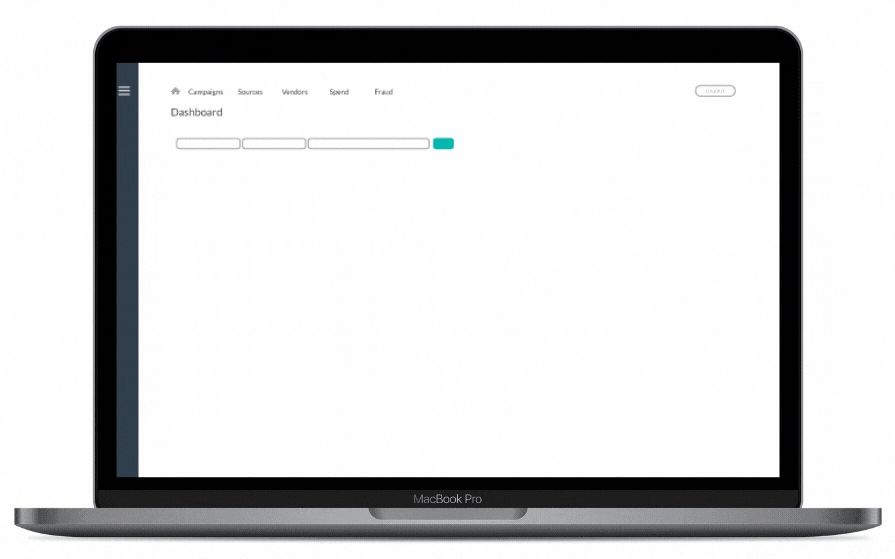Subscribe to our newsletter and get the latest resources sent to your inbox.

Q&A: FeedMob CEO, Andrew Tan, on the Future of Mobile
9 MIN READ2021 may have been the most disruptive year in mobile marketing since its inception. User acquisition teams have had a lot to adapt to while also experiencing explosive growth driven by the continuing pandemic. As 2021 comes to a close, we’re looking back at a year defined by change — and forward to 2022 to make some important predictions about where the industry is heading. Our team sat down with Andrew Tan, CEO of FeedMob, to pick his brain about where he believes mobile is headed in the year to come.
Q: Facebook was initially hit hard by ATT, but their massive repositories of first-party data may be a benefit in the long run. How will this impact the mobile landscape outside of traditional search and social?
A: Anecdotally, we have heard that performance advertisers have reduced Facebook spend across the board due to the lack of leverageable data (IDFAs) for building custom audiences, lookalikes, and retargeting. In the short term, I believe this will create a revenue headwind for Facebook, but as you mentioned, their first-party data is still among the strongest in the digital landscape. So there will always be a strong competitive advantage. Since probabilistic attribution is still widely used (though Facebook does not leverage it), I do not think we have seen the real impact yet. If Apple disallows probabilistic, the tide may turn back in Facebook’s favor. Meanwhile, Facebook will continue to improve its ad products and push the privacy boundaries as much as it can to protect its revenue generation.
Q: How can we ensure that fraud is not proliferated in the new mobile era?
A: Fraud is a moving target, so I believe we have to continue to work together as an industry to iterate and build tools against any new proliferation. SKAN, theoretically, should help tighten the supply chain due to the nature of attribution not being able to be gamed as easily. Moreover, SKAN relies on direct ad-served clicks as opposed to potential rebrokering of redirect chains. That said, fraudsters are extremely creative and will likely devise new ways to game the SKAN systems. We have not seen that at scale yet but should remain vigilant to any odd data patterns moving forward. Of course, observing our clients’ direct first-party data and MMP inputs are also paramount to detecting new types of fraud.
Q: What internal tools were launched over the past year that you have been most excited about?
A: As we move forward to a SKAN-based attribution model on iOS, it is clear that as a tech-driven agency, we need to adapt. Attribution information now flows directly to our supply partners; with that in mind, we’re building reporting and analytics based on MMP APIs as opposed to purely postbacks to our endpoint. I believe this will allow us to tap into supply that previously was not available to our clients and create more sustainable spend and analytics aggregation across the iOS landscape long term.

Q: Can you give us a preview of product features that clients and partners can look forward to?
A: We are still working on prioritizing a pipeline for 2022 so we do not have any updates yet — but should have more clarity in Q1 2022. I will say we are working against adapting to be more flexible overall — looking at things like non-CPI/CPA buying models for our clients, going up-funnel to CPM/CPC, and supporting reporting and analytics against all of that — to continue to provide great performance against key KPIs.
Q: Last question: There are a ton of changes going on in mobile and even more to come. What has been the biggest change and what sort of opportunities does this present to UA marketers going into 2022?
A: I think there is a huge opportunity to diversify away from Facebook. Facebook has always owned such a large portion of user acquisition budgets, which made it really tough to justify testing and scaling outside of that ecosystem. Now that IDFA deprecation has evened the playing field and even given some advantage to marketers who experiment outside of Facebook (with the use of probabilistic methodology) I think it is a great time to explore other channels of acquisition. Here at FeedMob, we have been building this bridge for our clients for more than five years — empowering them to test, learn, and scale outside of traditional search and social successfully. I believe that as iOS becomes more challenging from an ROI positive UA perspective, more resources will go into companies’ Android apps — improving core product loops and UX to increase LTV in tandem with more Android investment.
Posted: December 14, 2021
Category: FeedMob News and Updates, Mobile Insights Blog, Mobile Performance Strategies
Tags: 2022, expert, future, landscape, q and a, strategy

